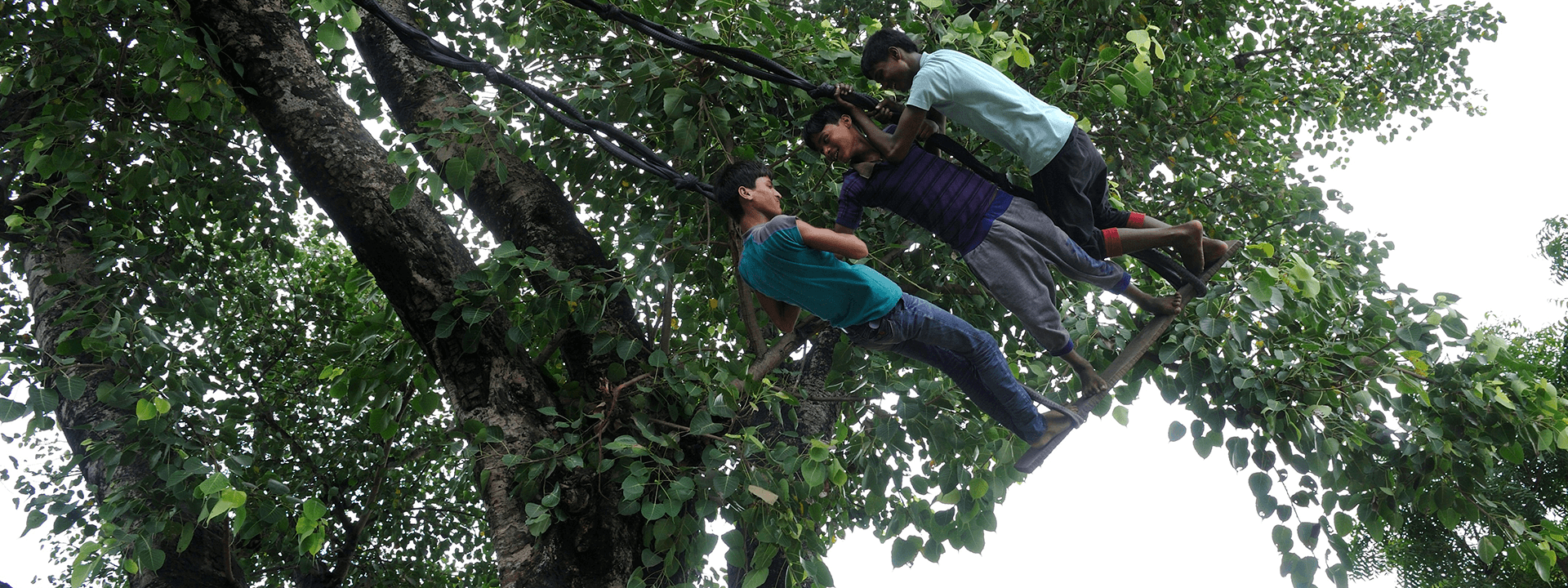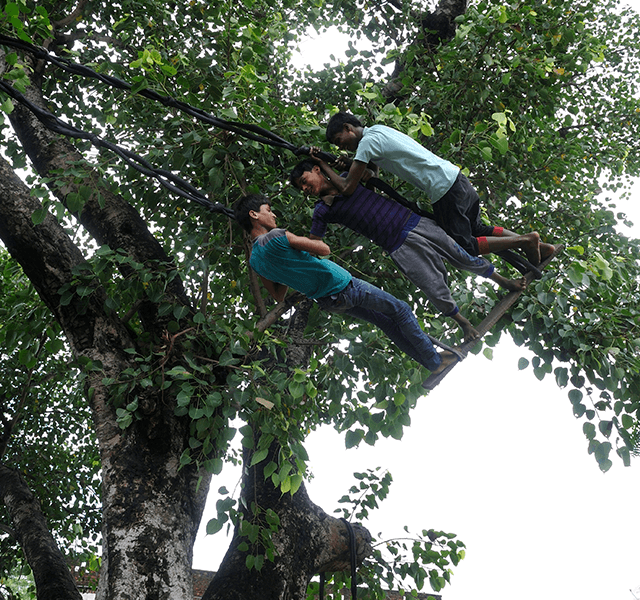

Primary Health Centres (PHCs) are the backbone of rural healthcare, serving as the first point of care for communities. In Uttar Pradesh, uneven distribution and high vacancy rates of Medical Officers (MOs) undermined their effectiveness. To address this, MO deployment was rationalized. This document outlines the approach, outcomes, and policy relevance of the exercise to strengthen workforce distribution in the health sector.
Read MoreThe 26th edition of the PAHAL newsletter – a reflection of our collective support to the Department of Health Department of Medical Education and ICDS towards strengthening public health services across community, facility, and health systems in Uttar Pradesh.
Read MoreGender is a key social determinant of health, shaping both access and delivery of healthcare services. Achieving universal health coverage relies on equipping healthcare providers with an understanding of gender norms affecting healthcare utilization, access, and outcomes. This knowledge brief presents a framework to systematically integrate gender-responsive care into training programs for public health cadres in Uttar Pradesh.
Read MoreThis document examines an initiative in Uttar Pradesh that uses an integrated counselling approach to embed gender responsiveness in reproductive health services. The programme trains Reproductive, Maternal, Newborn, Child, Adolescent Health and Nutrition (RMNCAH+N) counsellors to identify how gender norms, roles, and power inequalities influence health behaviours and service utilisation. It equips them with tools […]
Read MoreTo tackle high neonatal mortality rate (NMR) in Uttar Pradesh due to Respiratory Distress Syndrome (RDS) which is also a leading factor, Government of Uttar Pradesh (GoUP) rolled out the implementation of b-CPAP across SNCUs across the state in a phased manner, starting with 32 units, and supported by a detailed action plan and coordination with various stakeholders.
Read More